Rare Rides: A 1981 Triumph TR8 That's Both Beige and Brand New

You read the title correctly. There’s a Triumph TR8 for sale in the urbane and international city of Tampa, which is in Florida. Miraculously, the sporty convertible has traveled just 90 miles since 1981.
It’s beige, malaise, and showroom fresh, so let’s have a look.
By the middle of the Seventies, Triumph needed a new sports car to replace its blocky TR6 roadster. Desirous of a more aerodynamic shape, the company’s designers turned to the presently en vogue wedge. A few years of development later, the door stop-shaped TR7 rolled on to dealer lots early in 1975. Said dealers were only in the United States, as high demand for the new roadster pushed the TR7’s United Kingdom release into the middle of 1976.
The TR7 was powered by a single engine: a 2.0-liter inline four producing 105 horsepower. But it was never intended to be an only child; Triumph planned for a more powerful and upmarket V8 version (TR8) to be sold alongside its lesser sibling. Triumph mapped out the TR8 early in development in 1972, but when the time came to select an engine, British Leyland was in a bad way.
A lack of funds (the ever-present BL malady) and a workforce which liked to stand outside on picket lines most of the time meant resources were thin. Triumph had the inline-four in its stable for the TR7, but would need to find a V8 for TR8 use. As the V8 found in the Stag was too heavy and had a terrible reliability record, Triumph engineers decided to look elsewhere. Alas, the TR8 was not a priority for BL, and development resources were allocated to MG and Rover first.
The TR8 had to wait.
Eventually, Triumph found a suitable engine: the 3.5-liter Rover V8 from the SD1. Development prototypes were usually built with automatic transmissions and distributed for testing by BL dealers before being sold as used cars. For production, the V8 was matched to a five-speed manual transmission — as in all officially produced TR8s. In another oddity, though almost all TR8s were fitted with carburetors, the 352 produced in 1981 had Bosch fuel injection controlled by a Lucas ECU. Surely, those are the ones to seek!
TR8 production began in 1978 and continued through 1981, which coincided with the end of TR7 production. The majority of examples were left-hand drive and sold in the United States and Canada. Though Triumph built about 140,000 TR7s, the TR8 was much rarer — just 2,497 made it off the assembly line. It’s estimated that about 1,000 TR8 convertibles remain today, and this beige beauty must be the one with the lowest miles.
The TR8 sold for around $11,000 in 1981, or $32,000 adjusted for inflation. The ask, then, for this one one isn’t too out of line at $43,995.
[Images: seller]

Interested in lots of cars and their various historical contexts. Started writing articles for TTAC in late 2016, when my first posts were QOTDs. From there I started a few new series like Rare Rides, Buy/Drive/Burn, Abandoned History, and most recently Rare Rides Icons. Operating from a home base in Cincinnati, Ohio, a relative auto journalist dead zone. Many of my articles are prompted by something I'll see on social media that sparks my interest and causes me to research. Finding articles and information from the early days of the internet and beyond that covers the little details lost to time: trim packages, color and wheel choices, interior fabrics. Beyond those, I'm fascinated by automotive industry experiments, both failures and successes. Lately I've taken an interest in AI, and generating "what if" type images for car models long dead. Reincarnating a modern Toyota Paseo, Lincoln Mark IX, or Isuzu Trooper through a text prompt is fun. Fun to post them on Twitter too, and watch people overreact. To that end, the social media I use most is Twitter, @CoreyLewis86. I also contribute pieces for Forbes Wheels and Forbes Home.
More by Corey Lewis
Latest Car Reviews
Read moreLatest Product Reviews
Read moreRecent Comments
- Carson D Just don't be the whistleblower who reports on the falsification of safety data. That's a deadly profession.
- Carson D I'd have responded sooner, but my computer locked up and I had to reboot it.
- Todd In Canada Mazda has a 3 year bumper to bumper & 5 year unlimited mileage drivetrain warranty. Mazdas are a DIY dream of high school auto mechanics 101 easy to work on reliable simplicity. IMO the Mazda is way better looking.
- Tane94 Blue Mini, love Minis because it's total custom ordering and the S has the BMW turbo engine.
- AZFelix What could possibly go wrong with putting your life in the robotic hands of precision crafted and expertly programmed machinery?




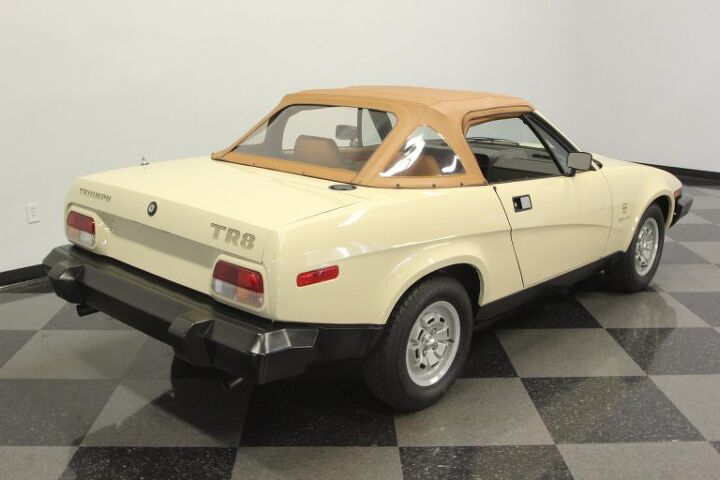


















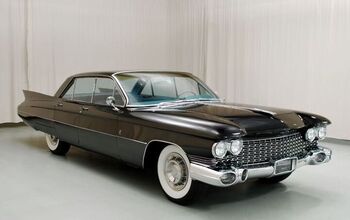


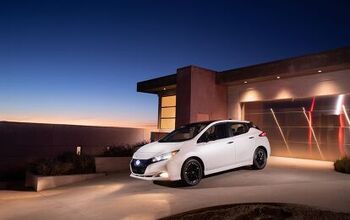
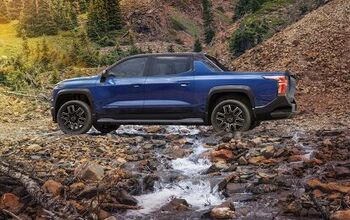
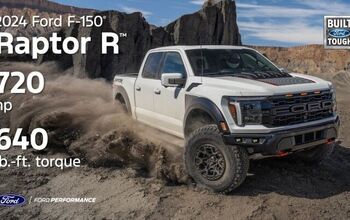
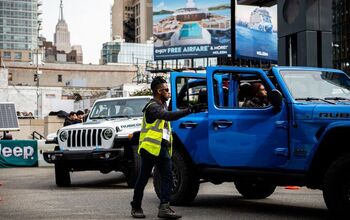
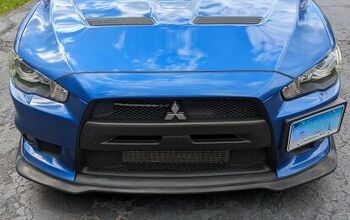
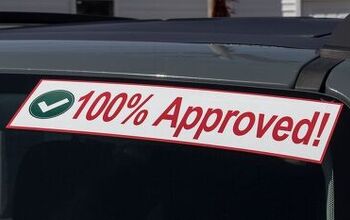
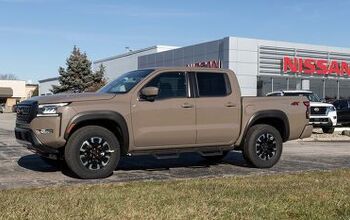
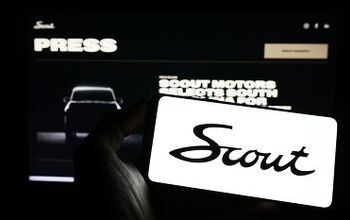
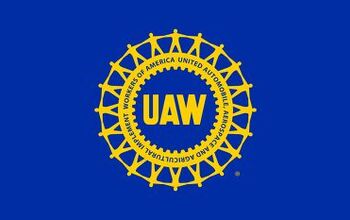
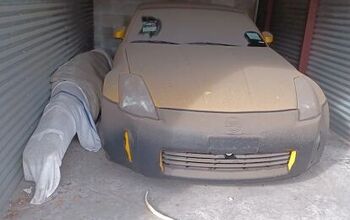
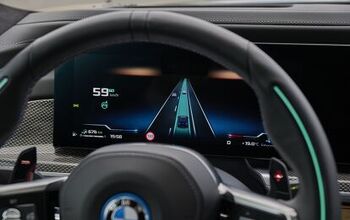
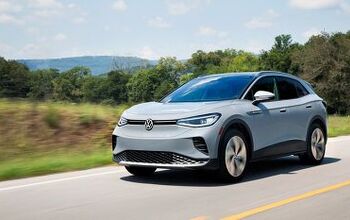
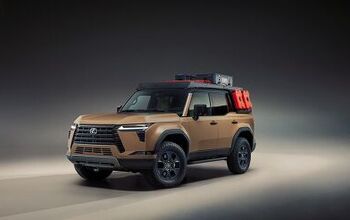
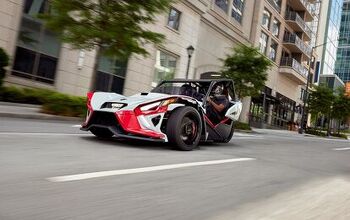
Comments
Join the conversation
Always loved these cars, and the aluminum injected V8 is the class of the class. But one with 90 miles on it belongs in a museum.
The TR7 came out when the wedge shape was popular with mid-engine sports racers and I always thought they were trying to capture some of that, The ads called them "the shape of things to come".